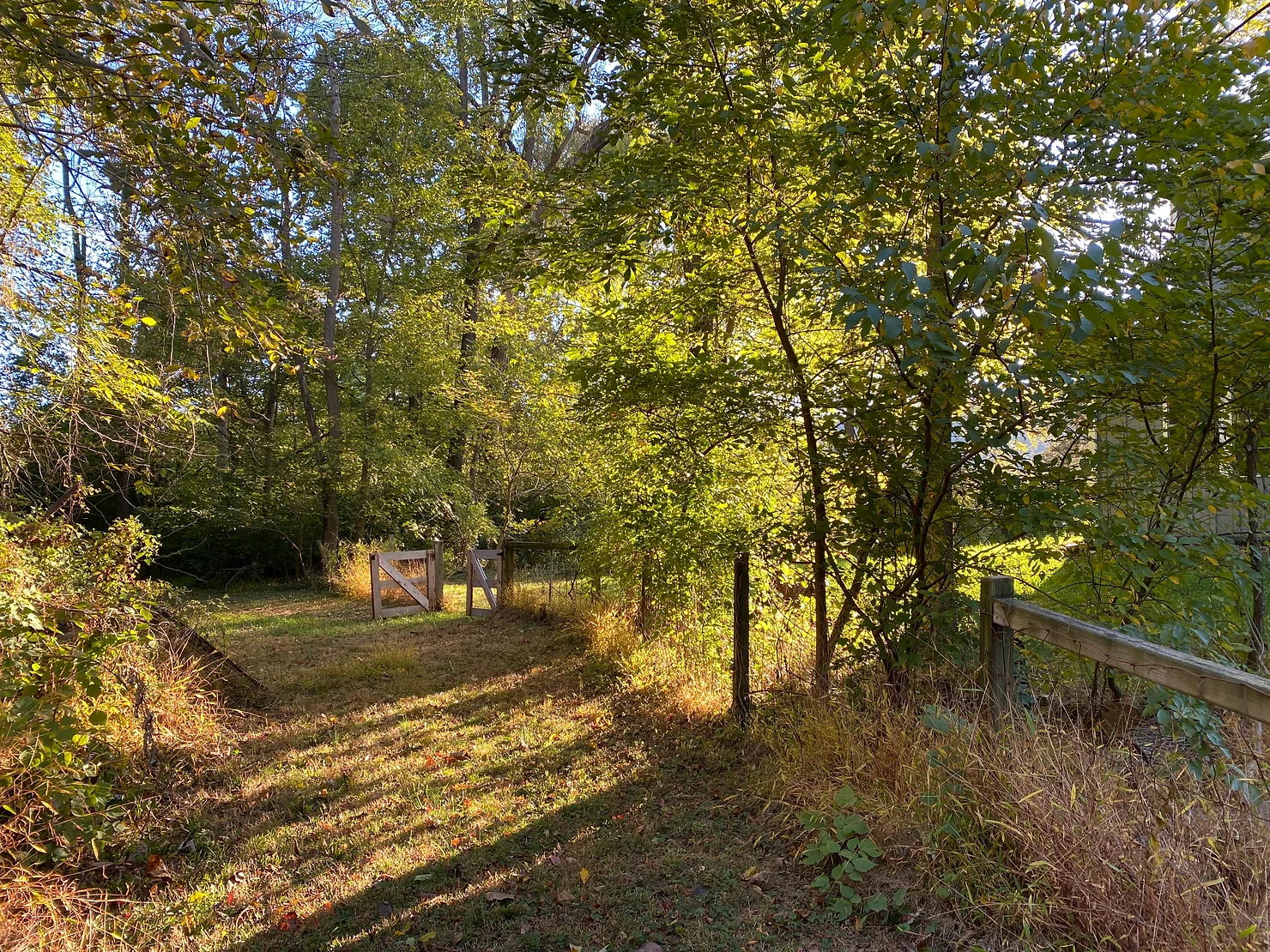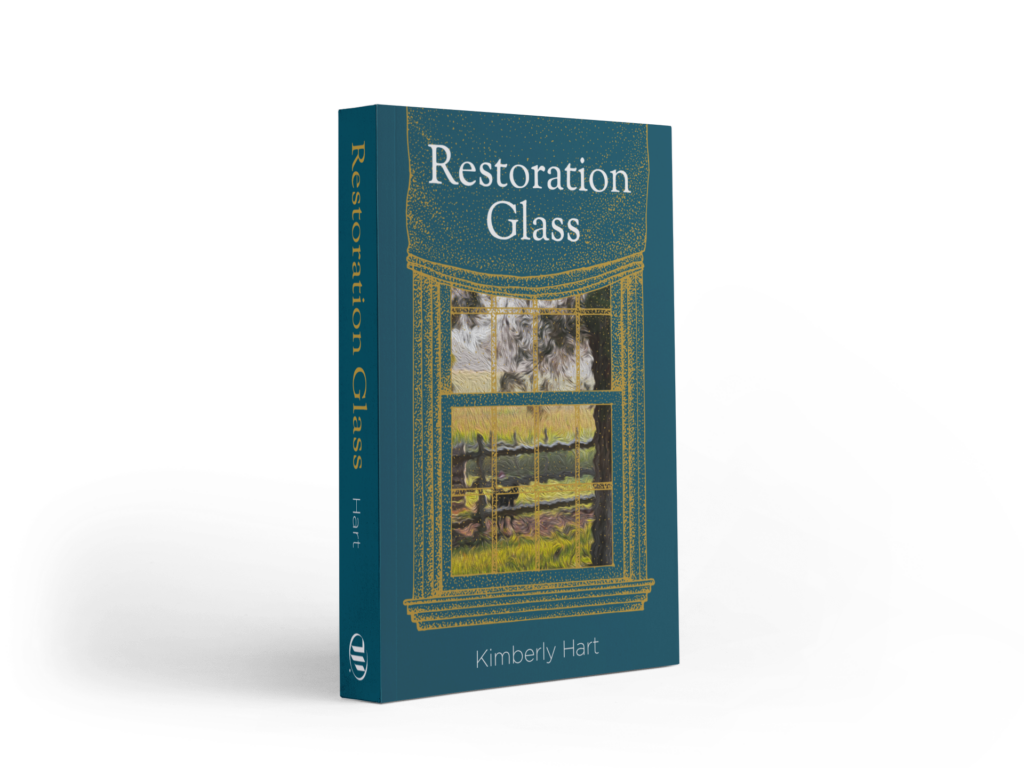The Fairlight Forum is both a physical place and a virtual space. Particularly during COVID, in-person salons and events are difficult. Imagining a day beyond COVID, we are still limited in the time we can physically spend together. To that end, the Fairlight Forum strives to encourage the development of salons anywhere one is envisioned.
We are rooted, however, here at Fairlight Farm in Maryland’s Pleasant Valley. We use the term “farm” rather loosely at this point. As we trace the family history on this property, we know that it was never a large agricultural operation. The owners were investors, doctors, and shopkeepers. At one point, the family kept it as a summer boarding house and resort called Homewood. Through most of the twentieth century, the farm had perhaps one field in production and the others were pasture, until the barnyard and spring was lost during a road expansion in the 1970s. From that point, two large fields were kept in a standard crop rotation of corn, wheat and soybeans, while the woods overtook the barn and the seasonal wetland.
In the 1980s, the property was deeded to the Maryland Environmental Trust to keep it as a “rural, agricultural, and scenic” property.
Today, we are slowly feeling our way into land ownership. Approximately half of the property is either woodland in various stages or a seasonal wetland that is in need of rehabilitation. The other thirty acres are open fields still used for the standard crop rotation. Over the years, that has shifted into a no-till operation without chemical spraying.
Israel Creek borders the land to the west and we sit nestled in a narrow part of Pleasant Valley between South Mountain to the east and Elk Ridge to the west. Looking across our south field, we can see Maryland Heights rising above the confluence of the Potomac and Shenandoah Rivers at Harpers Ferry and Loudoun Heights across the river in Virginia. We watch the sunset light enflame the ridges of Maryland, Virginia and West Virginia to the southwest, then turning see the moon rise over South Mountain. In the morning, the mist rises into the pink sunrise across our north fields.
Someday, those fields may grow green and then gold with ancient grains, bloom purple with lavender or be grazed short by sheep. For now, we are learning the rhythms of the seasons as we watch crops grow and whither, wait for the crews to come to harvest, worry about not enough rain or too much rain too late. We are learning to love the ebb and flow and color and life across these fields.
We are working to rehabilitate the seasonal wetland, long called The Meadow, by burning off the invasive species and planning to seed with native grasses and to plant native trees that like having “wet feet” for a good portion of the year. We are looking at how to discourage erosion along the sinuous creek bed and to determine how to discourage the backchannel developing along the base of the old railroad right of way.
We’ve been creating walking paths through the wooded areas, planning orchards and places of beauty and repose. It is a slow process and involves more physical labor and careful planning than one realizes until you are in the thick of it. But the results are life-giving.
If you visit Fairlight Farm, you will be greeted first by the two-story blue pole barn that houses tools and equipment, office space and recreational areas. The barn is new, replacing the original bank barn burned in the early 1980s. Next to the barn sits the federal style brick house, built in stages between 1820 and 1850. The house features original windows, complete with wavy glass, several fireplaces that are far more capable of warming a room than the radiators installed somewhere along the way, and original floors, including the two-hundred-year-old chestnut boards in the dining room. It is an old home, with the emphasis on home. Many lives have been spent here, children raised and married, guests, parties, and the unfathomable sin of slavery.
Salons are hosted in the dining room, that can seat up to twenty, and in the adjacent north parlor. But small groups may break off to sit on the wide front porch, around the pool, in the barn or at any number of small tables, chairs, and benches across the grounds around the house or along the trails.



